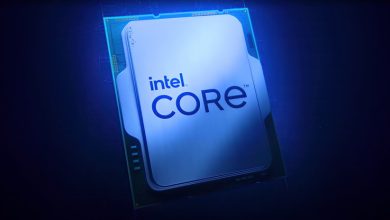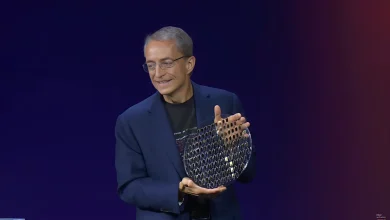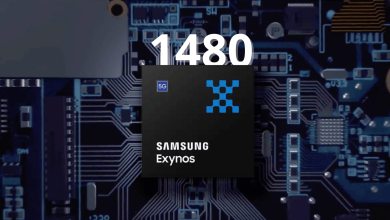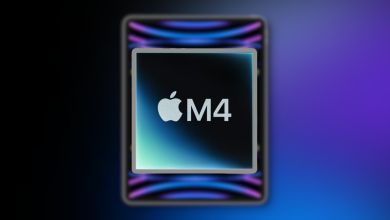Snapdragon 8 Gen 4 May Break the 4GHz Barrier, Thanks to TSMC’s N3E Process and Custom Nuvia Cores
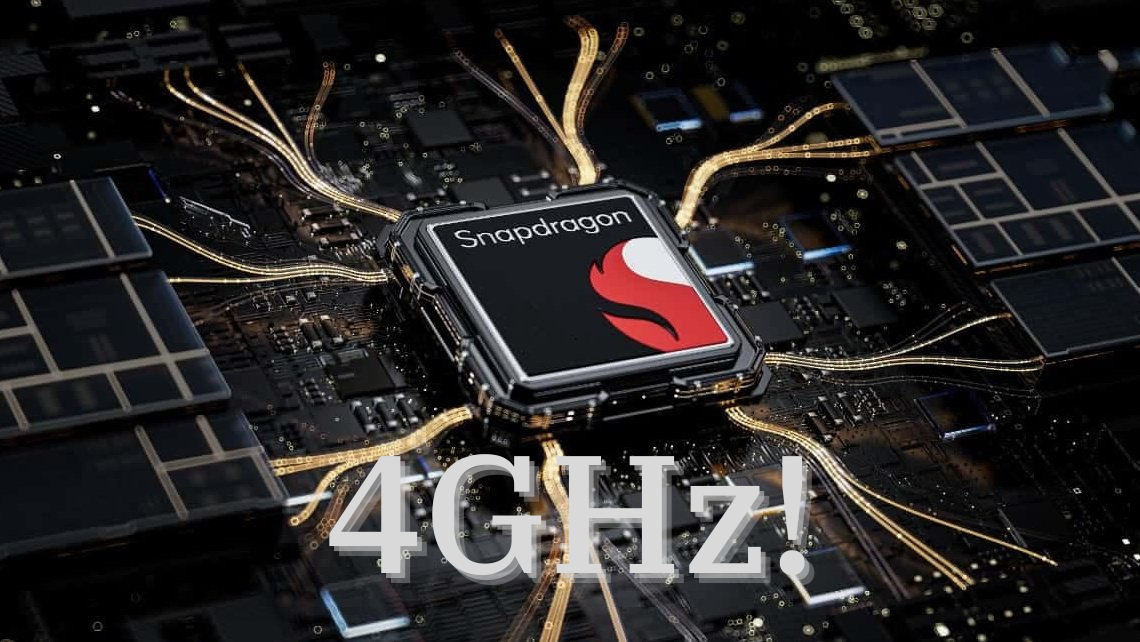
Qualcomm’s next-gen flagship chipset, the Snapdragon 8 Gen 4 (SM8750) has reportedly been rumored to deliver a massive improvement in performance and efficiency numbers over the past few months. Part of the reason why this is true is that the chipset will be fabricated on TSMC’s N3E (3nm) process node, and will likely bid farewell of Cortex’s off-the-shelf CPU cores.
The Snapdragon 8 Gen 4, codenamed “Pakala” will retain the same octa-core CPU, but will shift its architectural design, in that it’ll feature no “efficiency (E)” cores, and will sport a 2 + 6 configuration, with Qualcomm’s in-house custom Nuvia Phoenix cores.
Qualcomm’s Custom Core Design Could Enable Snapdragon 8 Gen 4 to Hit Staggering 4.0GHz Clocks on Single Core
In recent news, tipseter Digital Chat Station has stated that SD 8 Gen 4 could reach the 4GHz mark on single core. While there has been no sources or reasoning for this statement cited, it does seem credible, partially because we know that moving to a thinner process node can give manufacturers some sort of a thermal headroom.
Adding to that, Qualcomm’s Nuvia (Phoenix) cores will certainly push the efficiency numbers higher. But again, the jump is still ambitious, since Snapdragon 8 Gen 3’s single Cortex-X4 big core was clocked in at 3.3GHz, max. The ‘For Galaxy’ chip for Samsung flagships was clocked higher at 3.39GHz, but that was it.
If 4GHz is on the cards, we’d be looking at strong cooling solutions from device manufacturers. This is also in line with the power consumption numbers that were revealed earlier this week by South Korean forum, DCInside, where the early engineering samples of 8 Gen 4 peaked at 14.2W of power draw, which is almost 11.8% higher than Gen 3 (12.7W).
The 4GHz cores could reach up to 5.47W each, and with 2L (2 large core) design this year, we’d be looking at close to 9.32W from the two big cores. Similarly, the mid-cores consume up to 1.1W each, and with no E (efficiency) cores this time, the number might be hard to cut down.
This is all we know for now, but rest assured that we will keep you updated as new information becomes available.


